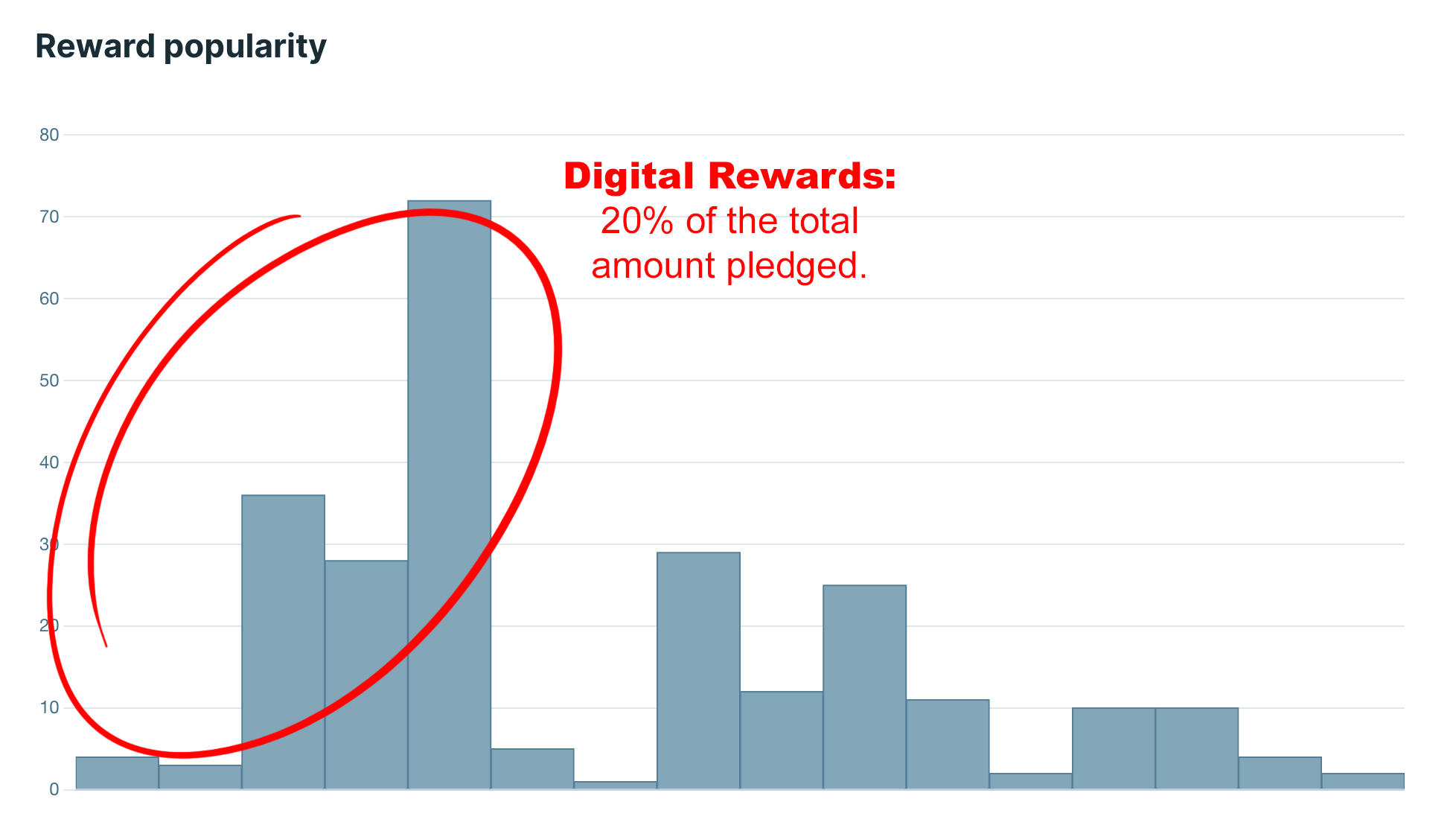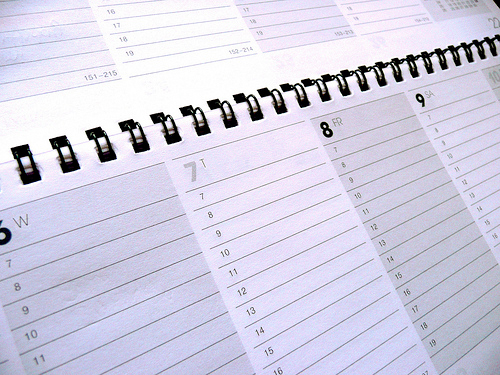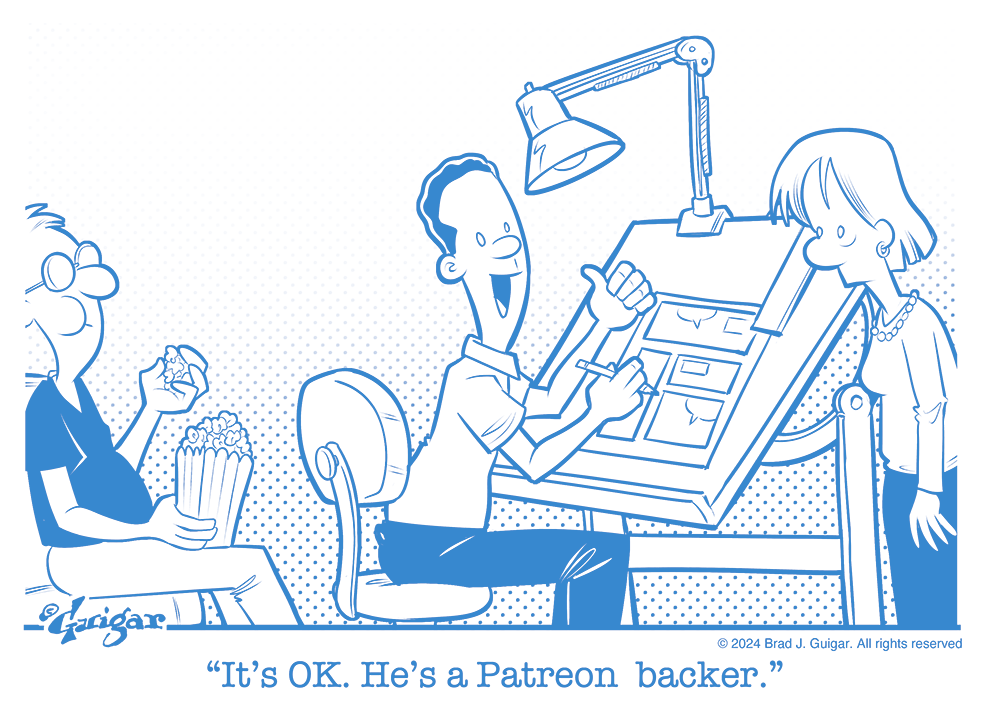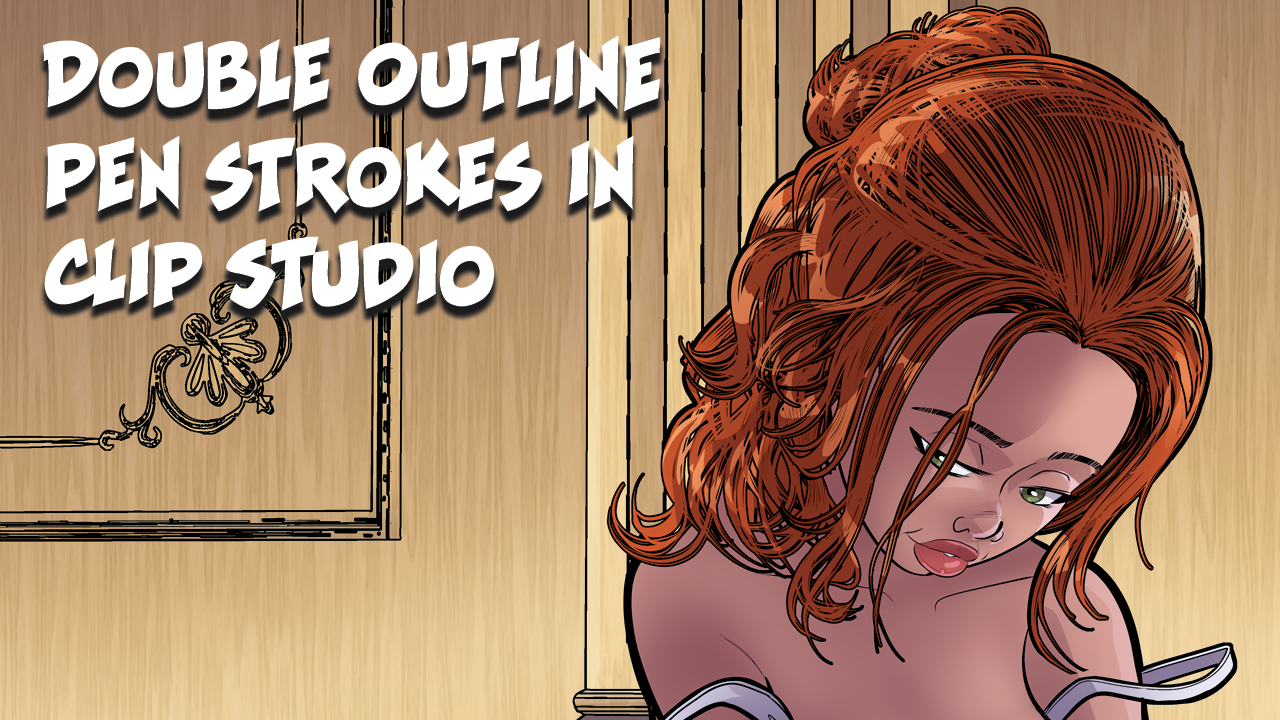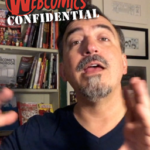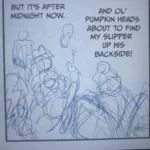After six weeks of working on their comic, a listener asks how soon they can expect to make a living doing this — and gets an earful from Brad and Dave. Plus, Brad and Dave share more of their picks for Reuben Award nominees.
In this episode, Brad and Dave discuss the importance of having realistic expectations and enjoying the creative process when making comics. They share their own experiences of how long it took them to see financial success and build an audience. They caution against starting a Patreon too soon and making decisions based solely on trying to gain more backers. They emphasize the need to focus on the love of creating and the joy of storytelling rather than solely focusing on financial success. Overall, they encourage the listener to have patience and enjoy the journey of creating comics.
Also, Brad and Dave explore the potential impact of AI on search engine optimization and the web ecosystem. Next, they discuss the importance of giving artists creative freedom when commissioning art. The conversation touches on the challenges of communication between commissioners and artists, as well as the spectrum of visual thinking. The hosts share personal anecdotes and insights, highlighting the need for clear communication and understanding between both parties involved in a commission.
ON TODAY’S SHOW
- It’s Friday; am I famous yet?
- UPDATE: More Reuben picks
- UPDATE: Google’s new AI search is gonna kill a lotta websites
- Commissioning original art
TAKEAWAYS
- Building an audience and achieving financial success in comics takes time, often several years.
- Having realistic expectations and not solely focusing on financial goals is important.
- Enjoying the creative process and the love of storytelling is crucial for long-term success.
- Starting a Patreon too soon can lead to disappointment and creative compromises.
- Focus on improving your craft and building a small, dedicated audience before seeking financial support.
- Patience and perseverance are key in the journey of creating comics. When commissioning art, it’s important to find a balance between providing enough detail and allowing the artist creative freedom.
- Clear communication is key in ensuring that both the commissioner and the artist are on the same page.
- Understanding the artist’s style and approach is crucial when commissioning art.
- The impact of AI on search engine optimization and the web ecosystem is a topic of concern and uncertainty.
- The spectrum of visual thinking varies among individuals, and it’s important to be aware of different perspectives and preferences.
